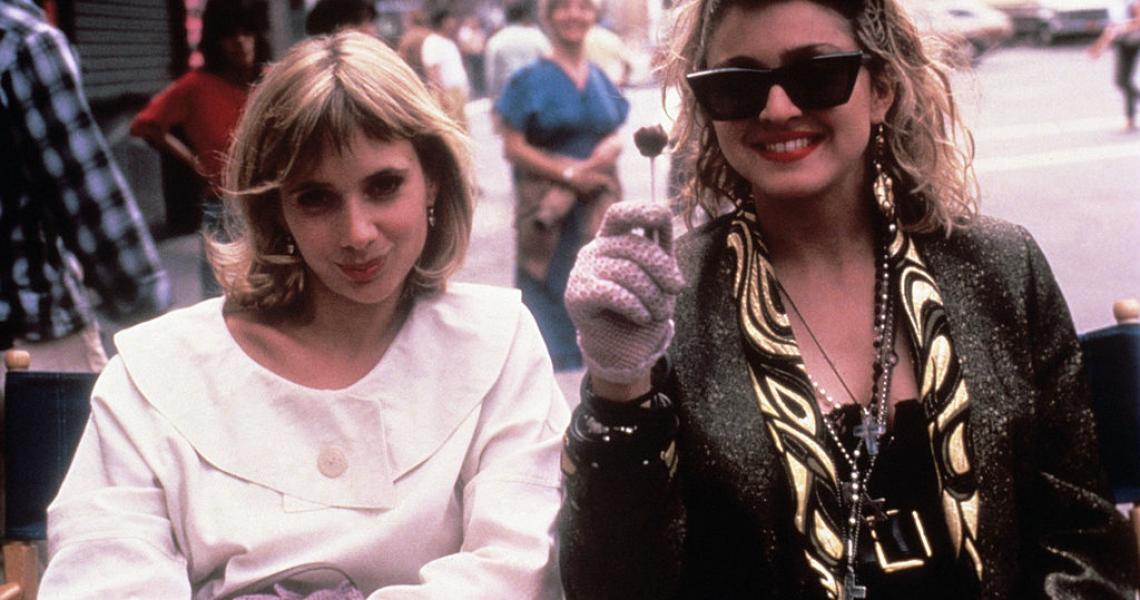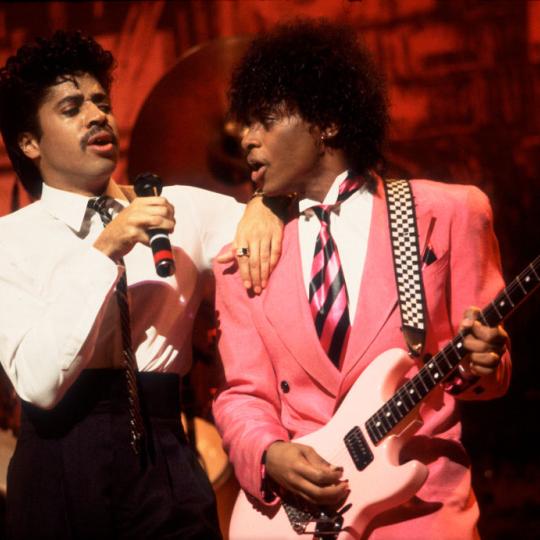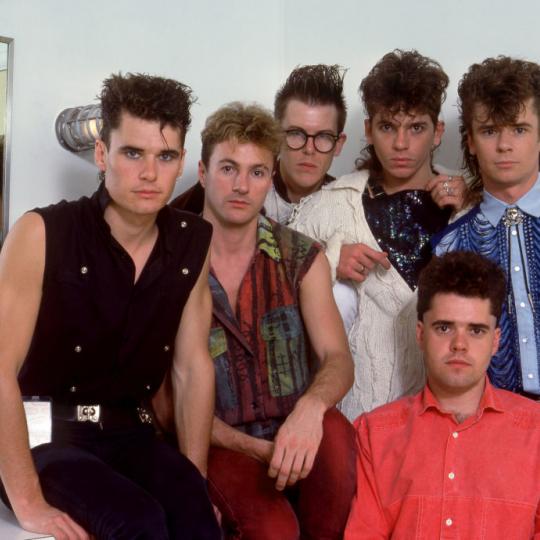
On March 29, 1985, Madonna officially made the jump from singer to actress, making her debut as a leading lady - or at least one of two leading ladies, anyway - as Desperately Seeking Susan opened in theaters.
Directed by Susan Seidelman, written by Leora Barish, and the beneficiary of an uncredited rewrite by Craig Bolotin, Desperately Seeking Susan starred Rosanna Arquette as Roberta, a bored housewife in Fort Lee, New Jersey who found cheap thrills by following the back-and-forth messages between Susan (Madonna) and Jim (Robert Joy), a couple leaving personal ads for each other in a New York tabloid. (The film’s title comes from the phrase that always appears in Jim’s ads.)
On a whim, Roberta decides to see if she can spot the couple meeting for a rendezvous, and after succeeding in her quest, she follows Susan into a vintage store and sees Susan trade in her jacket. After she leaves, Roberta buys the jacket simply because she wants Susan to have it back, but since the only way she knows how to contact her is via the personal ads, that’s what she does, sending a “Desperately Seeking Susan” message of her own.
Read More: May 1985: Madonna Covers TIME Magazine
Unfortunately, while waiting for Susan to arrive, Roberta - wearing the jacket - is mistaken for Susan and accosted, and when Susan arrives, she’s arrested before she can even catch up with Roberta because she couldn’t pay her cab fare. Meanwhile, Roberta is saved by Jim’s friend, Dez (Aidan Quinn), who’d been tasked with following Susan, but not before Roberta hits her head and develops amnesia, and... Well, that’s plenty of plot info, wouldn’t you say? Besides, either you already know and love the film or we’ve given you enough to help you decide whether or not you want to watch it.
For what it’s worth, Desperately Seeking Susan is definitely the best of Madonna’s cinematic endeavors where she has a leading role. (We’re not including Dick Tracy in the mix, because if we were, that’d win, hands down.) Interestingly, neither Madonna nor Arquette were originally supposed to star in the film. Initially, it had been intended as a vehicle for Goldie Hawn (as Susan) and Diane Keaton (as Roberta), after which there were a number of other actresses under discussion, including Ellen Barkin, Melanie Griffith, Jennifer Jason Leigh, and even Suzanne Vega. Eventually, however, Madonna’s popularity led to her being considered and - as history reveals - ultimately getting the part of Susan.
Read More: April 1985: Madonna Ascends The Charts With "Angel"
Desperately Seeking Susan proved to be both a critical and commercial success, with The New York Times' film critic Vincent Canby calling it one of his top 10 films of 1985. It ended up taking in $27.3 million at the box office, which, considering it only cost $4.5 million to make, made it a major hit by anyone’s standards.
Of course, in the long run, the thing most people remember about Desperately Seeking Susan is the Madonna song that was featured in the film: “Into the Groove.” Oddly, it wasn’t on the soundtrack to the film, but the video for the song features clips from the film, and it remains one of the most insidiously catchy tracks of her career. Believe it or not, though, because the label was afraid it would interfere with the success of “Angel,” the third single from her Like a Virgin album, “Into the Groove” was never released as a 7” single, only as a 12” single, which is why it never actually made it onto the Billboard Hot 100. It did, however, top the Hot Dance Club Songs chart, and it reached No. 19 on the R&B Singles chart, and it got an insane amount of airplay on pop radio anyway, so it’s hard to call it anything other than a major win.
- Log in to post comments



